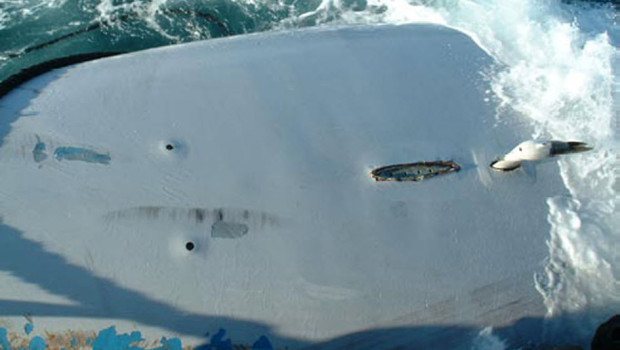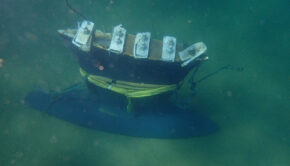How to Check Keel Bolts
Published on March 15th, 2016
Colin Brown describes a series of checks you can carry out to assess the structural integrity of the bolts which attach the keel to your boat…
There have been some high-profile keel losses in recent times, and this has focused attention on keels and how they are held on. However, before you pale in fear, it’s important to remember that there are thousands of boats sailing around, and it is virtually unknown for a keel to just fall off. Many of the warning signs of keel attachment weakness are detectable with some simple checks that you can carry out yourself.
The tests described here are mainly aimed at fin-keeled boats with external ballast, as these are more prone to issues with their keels in comparison to long-keeled boats and those with encapsulated ballast. I’ve used the term ‘bolts’ to describe both keel bolts and studs throughout this article.
When a boat loses a keel at sea the first reaction is often to blame the keel bolts, but the evidence does not support this; and other failures are actually more common. In 2008, the International Sailing Federation (ISAF) set up a working party on keel losses, and they found 72 cases since 1984 of boats losing their keels. There were defined causes in 44.5% of cases, but only three were attributed to keel bolt failure. Other causes included welded fin failures (11), grounding collision (8), internal structure (8) and canting keel system (2).
This may be reassuring, but it does indicate that our checks need to be wider than just looking at keel bolts. I’ll outline the basic checks, but if you have any concerns get an expert to check your keel in person. Full report.









 We’ll keep your information safe.
We’ll keep your information safe.